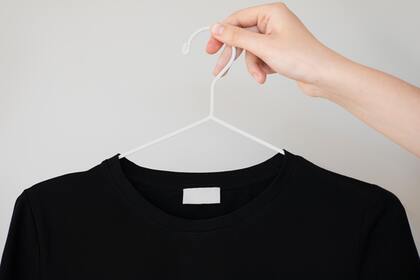
Starting a white label or private label business can be a great way to enter a market and establish your brand without the expense and risk of developing your own products. White labeling involves purchasing pre-made products from a supplier and selling them under your own brand. Private labeling involves working with a supplier to create custom products that are unique to your brand. Here's a step-by-step guide to starting a white label or private label business:
Step 1: Identify a Product or Service
The first step in starting a white label or private label business is to identify a product or service that you want to sell. Choose something that you're interested in and has a large potential customer base. Do your research to ensure there is a demand for it.
For example, let's say you're interested in selling beauty products. You might research the beauty industry to identify popular products and trends. You might also look for gaps in the market where there is a demand for a specific type of product that is not currently being offered.

Step 2: Choose a Niche
Once you've identified a product or service, the next step is to choose a niche. A niche is a specific segment of the market that you can target with your brand. By choosing a niche, you can differentiate your brand from competitors and establish yourself as an expert in that area.
For example, if you've chosen to sell beauty products, you might decide to focus on natural and organic products for people with sensitive skin. This would be your niche, and you could create a brand that appeals specifically to people who are looking for those types of products.
Step 3: Develop Your Brand
Creating a strong brand is essential for any business, and this is especially true for white label and private label businesses. Your brand is what sets you apart from competitors and attracts customers to your products.
When developing your brand, you'll need to create a name, logo, and packaging that align with your niche and target audience. You'll also need to consider your brand's voice and personality, as well as the messaging you use to communicate with customers.
For example, if you're selling natural and organic beauty products for people with sensitive skin, you might choose a brand name that emphasizes those qualities, such as "Pure Skin." You might create a logo that incorporates natural elements like leaves or flowers, and you might use earthy colors in your packaging design. Your messaging might emphasize the natural and gentle qualities of your products, and you might use a friendly and approachable tone to communicate with customers.
Step 4: Find a Supplier
The next step in starting a white label or private label business is to find a supplier who can provide you with the products you need. When looking for a supplier, you'll want to consider factors like quality, pricing, and delivery times.
One way to find a supplier is to use a market directory like Markets Market. A market directory is a website that lists suppliers for different products and services. Markets Market, for example, is a directory that specializes in B2B suppliers and provides a list of verified suppliers for different products and services.
When evaluating potential suppliers, you'll want to look for information about their experience, quality control processes, and pricing. You might also want to ask for samples of their products to test the quality.

Step 5: Test and Refine Your Product
Order samples from your supplier and test the quality of the product. Make any necessary adjustments to the product or packaging based on customer feedback.
For example, if you're selling natural and organic beauty products for people with sensitive skin, you might test the products on a small group of customers and ask for feedback. Based on the feedback, you might adjust the formula or packaging to better meet the needs of your target audience.
Step 6: Develop a Marketing Strategy
Creating a marketing strategy is crucial to promote and sell your products. You'll need to consider your target audience, your budget, and the channels that are most effective in reaching your audience.
For example, if you're selling natural and organic beauty products for people with sensitive skin, you might create a website that highlights the benefits of your products and the natural ingredients you use. You might use social media to share photos of happy customers and promote your products. You could also collaborate with influencers in the beauty industry to reach a wider audience.
Step 7: Launch Your Product
Once you've refined your product and developed a marketing strategy, it's time to launch your product. Be sure to have enough inventory to meet demand and have a plan in place for shipping and handling orders.
Step 8: Monitor and Adjust Your Strategy
As your business grows, it's important to monitor your sales and adjust your strategy as needed. Analyze your data to identify what's working and what's not, and make adjustments accordingly.
For example, if you're not seeing the sales you expected from social media advertising, you might shift your budget to paid search advertising instead. Or if you find that customers are asking for additional products, you might consider expanding your product line to meet their needs.
Using Markets Market Directory to Find a Supplier
One of the biggest challenges in starting a white label or private label business is finding a supplier who can provide high-quality products and reliable service. That's where a market directory like Markets Market can be incredibly helpful.
Markets Market is a comprehensive B2B directory that provides a list of verified suppliers for different products and services. Using the directory, you can search for suppliers by product category, country, and other criteria. This can save you time and effort in finding a supplier, and ensure that you're working with a trusted partner.
In addition to finding a supplier, Markets Market also provides resources and tools to help you grow your business. You can access valuable information about different markets and industries, as well as tips and advice for starting and growing a successful business.
Conclusion
Starting a white label or private label business can be a great way to enter a market and establish your brand. By following the steps outlined in this guide and using resources like Markets Market directory, you can create a successful business that meets the needs of your target audience. Remember to focus on developing a strong brand, finding a reliable supplier, and creating a marketing strategy that effectively promotes your products. With hard work and perseverance, you can build a profitable business that you're proud of.






